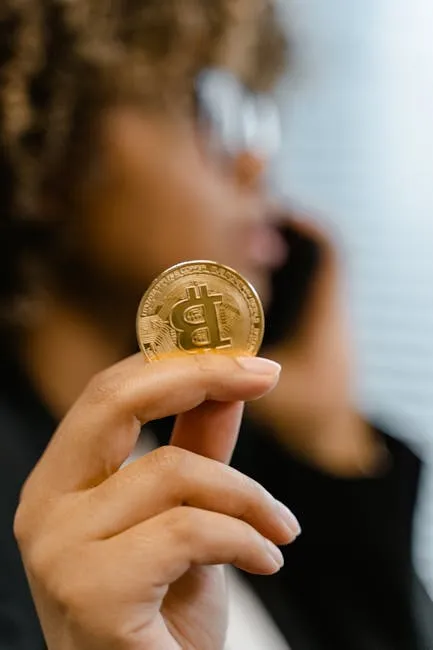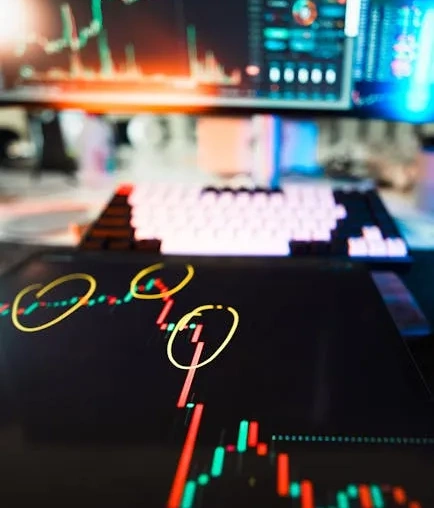
The World Gold Council’s Ambitious Pilot for Digital Gold Set for 2026
As the world continues to embrace digital transformation, the World Gold Council (WGC) is making strides in the cryptocurrency arena with plans to launch a pilot for a new concept known as “digital gold” in 2026. This initiative signals a significant intersection between traditional assets and modern digital finance, potentially changing the way we think about gold and its role in the economy.
Understanding Digital Gold
Digital gold refers to a digital asset backed by physical gold. The idea is to combine the stability and value of gold with the technological advancements and flexibility provided by the blockchain. In essence, it seeks to create a secure, easily accessible form of ownership that can be traded and utilized in a digital format.
The WGC’s initiative aims to address growing interest in cryptocurrencies while leveraging gold’s historical status as a safe haven asset. By creating a digital counterpart to gold, the Council hopes to attract a new generation of investors who are increasingly inclined toward digital assets.
The Goals of the Pilot Program
Set to launch in 2026, the pilot program will explore various facets of digital gold, including:
- Market Demand: Assessing how existing and potential investors respond to a digital representation of gold.
- Technological Implementation: Testing the feasibility of blockchain technology in securely managing and trading digital gold.
- Regulatory Compliance: Ensuring that the digital asset adheres to existing financial regulations and standards.
Through this pilot, the WGC aims to provide a transparent, efficient, and innovative way for individuals and institutions to engage with gold investments. This could lead to broader acceptance and utilization of gold in the digital economy.
The Implications for Investors
For investors, the emergence of digital gold could represent a significant opportunity. It offers a way to diversify portfolios while maintaining a connection to the traditional stability of gold. Additionally, the ease of trading digital assets provides a level of liquidity that physical gold cannot match.
Moreover, the pilot program may encourage more widespread adoption of blockchain technology in financial markets, paving the way for further innovations in asset management and investment strategies.
Conclusion
The World Gold Council’s upcoming pilot for digital gold reflects a fascinating evolution in the way we view and interact with gold as an asset. As we head toward 2026, it will be intriguing to see how this initiative unfolds and what it means for the future of both gold and digital currencies. Investors and enthusiasts alike should keep a close eye on this development, as it has the potential to reshape the financial landscape significantly.



